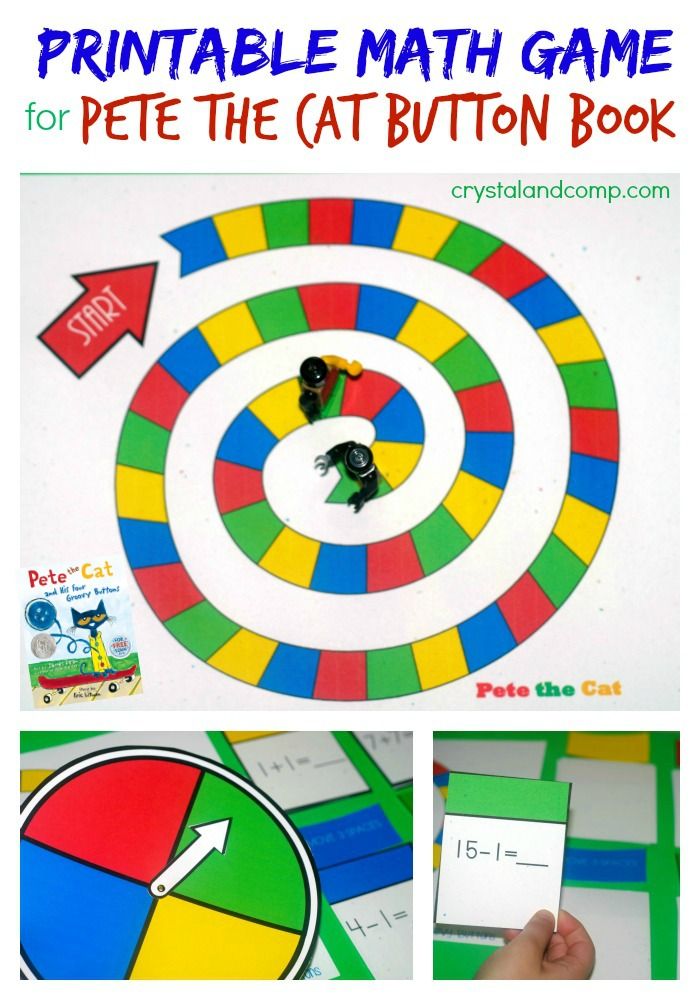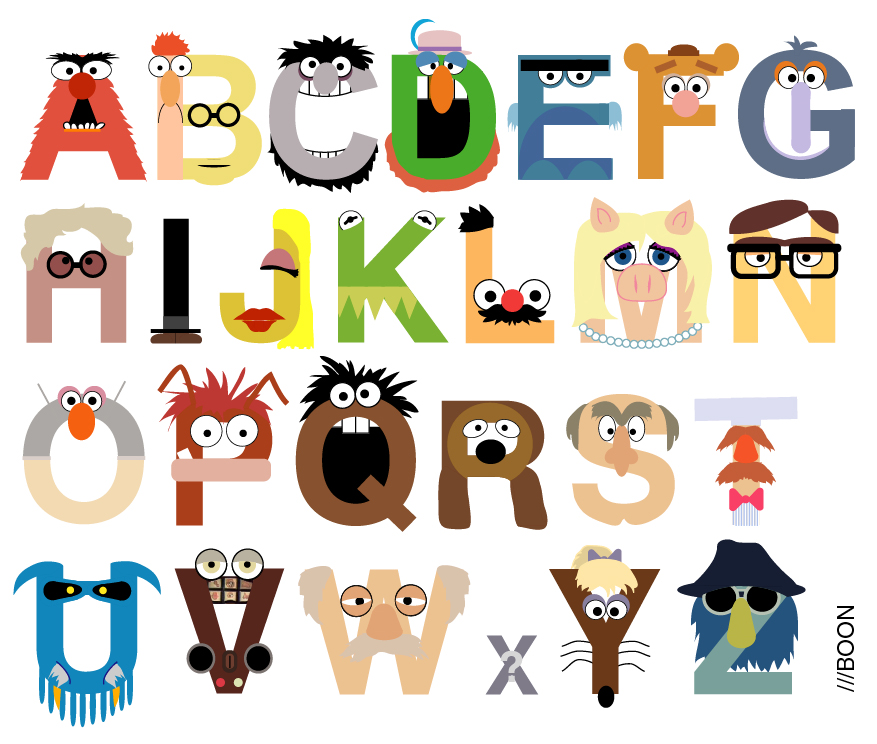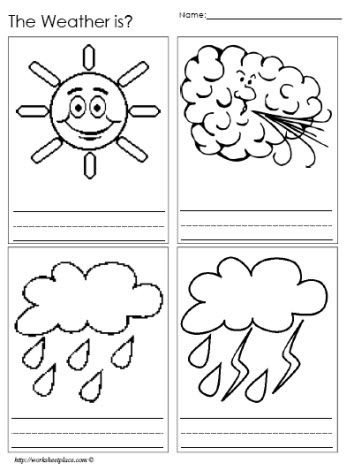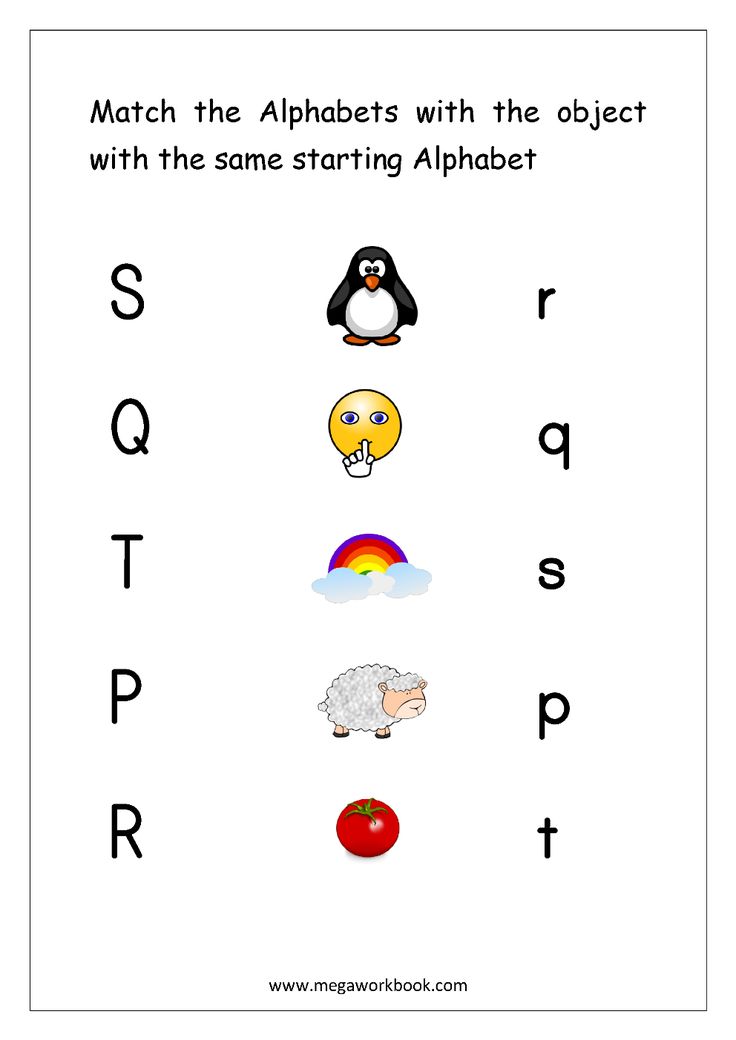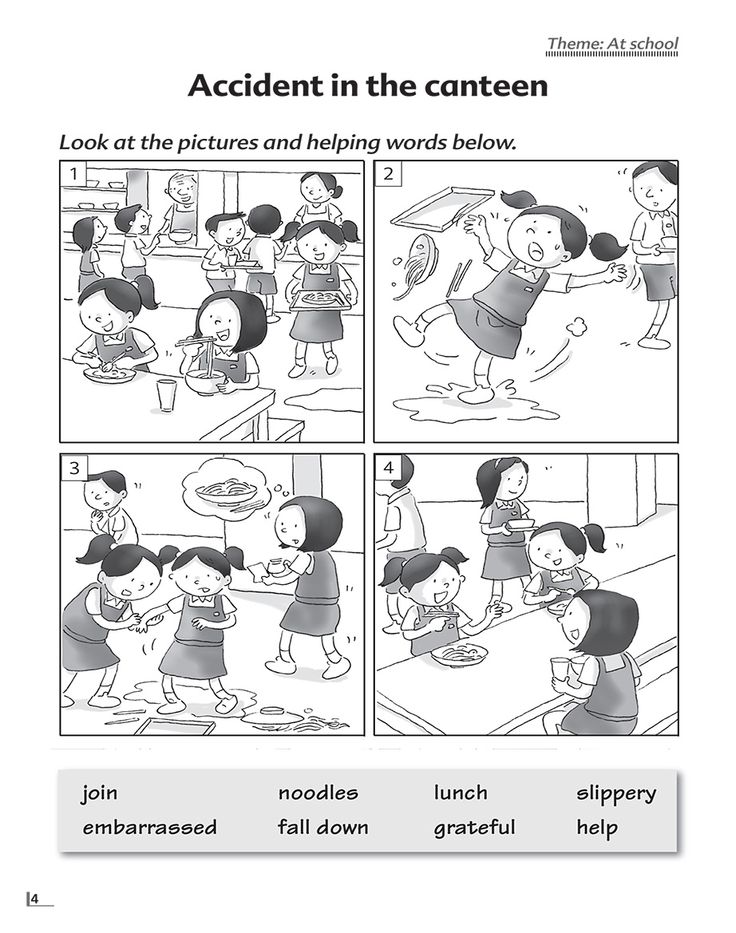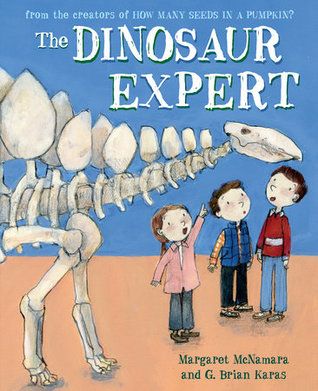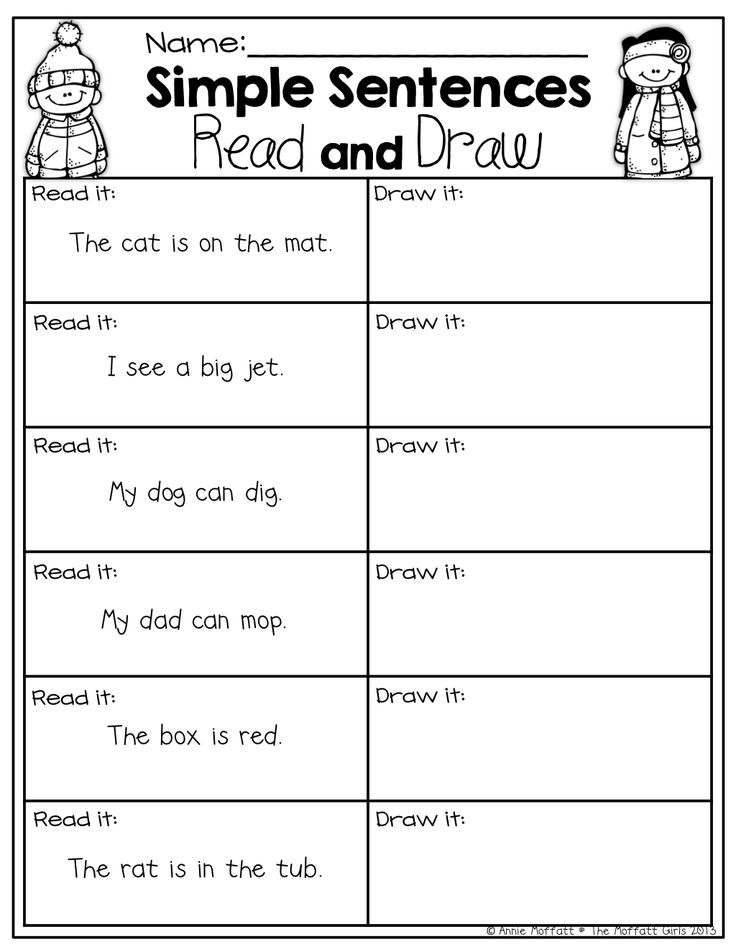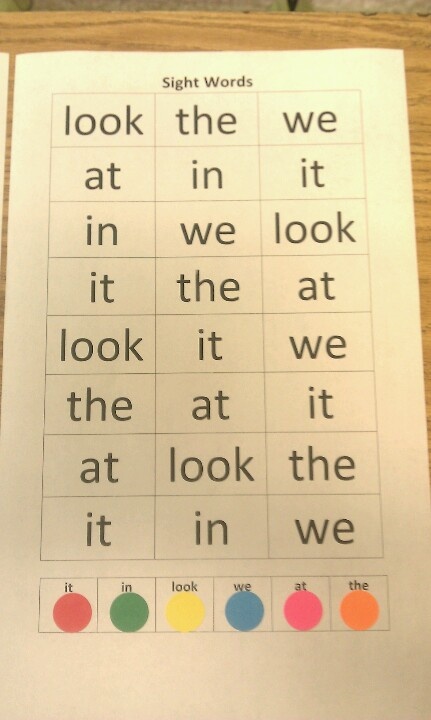Sight word hunt
Sight Word Hunt - Dolch Primer
Google Slide, PDF | 9 pages | Grades: PK - 1
Practice reading high-frequency words by sight with a set of 8 Dolch Primer Sight Words game boards.
The Primer is the second set of sight words from Dolch’s list of 220 high-frequency words.
Dolch’s word list is practiced with students so that they can quickly and easily recognize specific words throughout the texts they’ll read.
In this activity, we’ve split 48 sight words across 8 boards. Students will read the sight words on the mats and cover each word using red, orange, yellow, green, blue, and purple connecting cubes.
Practice Reading Dolch Primer WordsUse this resource as a reading center activity, with your guided reading group, or as a whole class activity (see below) to practice reading high-frequency words by sight.
Players read each sight word on the board and cover it with the matching color connecting cube. Add more players by taking turns!
Use this resource as independent practice for fast finishers, and for full-class learning opportunities like scoot activities, lesson reviews, formative assessments, and more.
Challenge students who already understand the concept by having them record the sight words on a whiteboard or piece of paper.
Invite students to use a visual reminder, like an anchor chart or an alphabet display, to sound out words they may struggle with.
Draw It!This activity can also be used as a formative assessment. Project on the board for the whole class to see. Have each student pick 3 words and write them on a separate sheet of paper. Then, have the students draw a picture for each word, showing they’ve read the word and understand what it is.
Alphabetical OrderingAfter students finish the game, challenge them to put the words on their cards in alphabetical order.
Get our 10 Best Scaffolding Strategies to try today!
Easily Prepare This Resource for Your StudentsPrint on cardstock for added durability and longevity. Place all pieces in a folder or large envelope for easy access.
Before You DownloadUse the drop-down icon on the Download button to choose between the PDF or Google Slides version of this resource.
This resource was created by Lindsey Phillips, a teacher in Michigan and a Teach Starter Collaborator.
Don’t go anywhere—unless it’s to check out more great sight word activities, like these:
teaching resource
Sweet Sight Words - Kindergarten Dolch Sight Words Board Game
Practice reading high-frequency words with this board game of 53 Kindergarten Dolch sight word cards.
9 pagesGrades: K - 1teaching resource
Dolch Sight Words Mats – Complete Set
A set of 8 Dolch Sight Words Mats for students to use in the classroom.
8 pagesGrades: PK - 3teaching resource
Roll and Read – Sight Words – Grade 1
A fun game for students to practice reading sight words.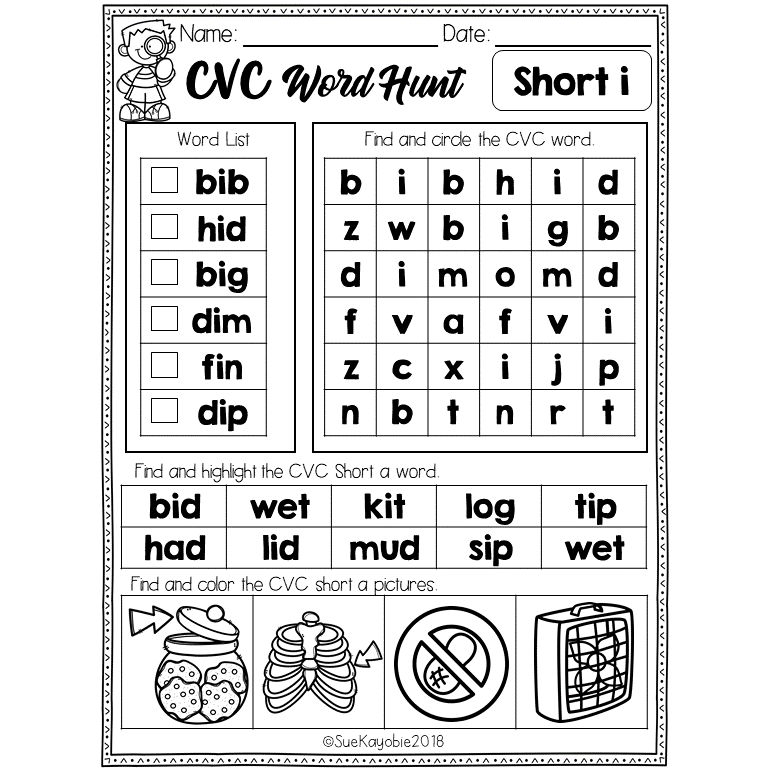
teaching resource
How Many Candles? Phoneme Counting Interactive Activity
Practice breaking words into their phonemes with this fun cupcake-themed interactive activity.
1 page Grade: 1teaching resource
Synonym and Antonym Crossword Puzzle
Review vocabulary skills and boost your students’ knowledge of synonyms and antonyms with a crossword puzzle worksheet.
2 pages Grades: 2 - 4teaching resource
Synonym and Antonym Swap Worksheet
Build vocabulary skills with a printable synonyms and antonyms worksheet.
4 pages Grades: 4 - 5teaching resource
Dictionary Skills Task Cards - Set 2
Practice dictionary skills with this set of task cards.
9 pages Grades: 4 - 6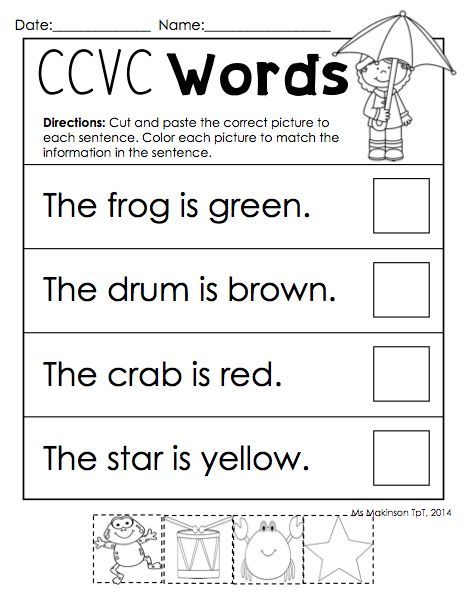
teaching resource
Dictionary Skills Bookmarks
Learn how to use a dictionary and use these bookmarks to help!
1 page Grades: 3 - 5teaching resource
Synonyms and Antonyms - Digital Sorting Activity
Identify synonyms and antonyms with an interactive, drag-and-drop sorting activity.
1 page Grades: 3 - 5teaching resource
Synonyms and Antonyms Practice - Worksheets
Boost vocabulary skills with daily review worksheets on synonyms and antonyms.
1 page Grades: 2 - 4teaching resource
Parts of a Dictionary Poster Pack
Display this poster set in the classroom when learning dictionary skills and the parts of a dictionary.
7 pages Grades: 3 - 6
teaching resource
Hop into Informational Writing - Spring Bulletin Board
Celebrate a new season and your budding writers with a new Spring bulletin board display.
4 pages Grades: K - 4teaching resource
Pick the Synonym - Self-Checking Interactive Activity
Build some ‘llama-zing’ vocabulary skills using a fun llama-themed self-checking activity with synonyms!
1 page Grades: 3 - 5
Make a Treasure Hunt to Make Sight Words
You are here: Home / Activities / Learning / Literacy & ABCs / Make a Treasure Hunt to Make Sight Words
31 Oct
Literacy & ABCs
Move & LearnKindergartnersScavenger Hunts
Sight Words21 Comments
SHARE POST
We haven’t done a scavenger hunt since we did our Christmas flashlight scavenger hunt, so I thought it would be fun to make a treasure hunt using a floor plan as the map.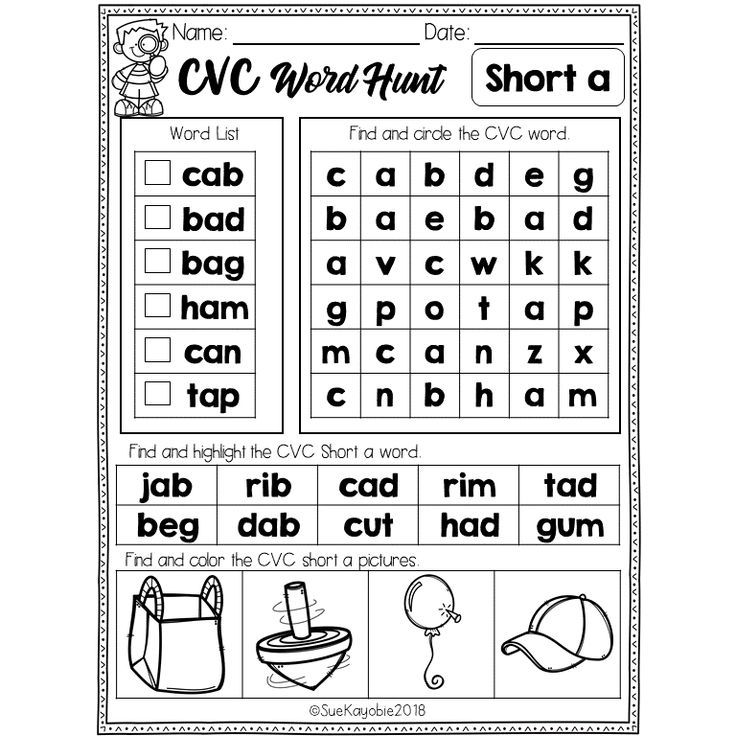
And Henry has had way too many days off for Christmas break (school keeps getting cancelled for cold weather! -20F degrees does that…), so a refresher of sight words was needed.
I made this a treasure hunt to search for the letters of a few of his current list of sight words. Henry would hunt for the letters and put them together to make the sight words.
I drew a floor plan of our first floor. I had a floor plan that I just printed out and traced, but a generalized floor plan of your house would work, or even just a room.
I traced the walls and then added in key pieces of furniture (the couch, chairs, dining room table and so on).
After I chose 5 sight words for Henry to work on: were, what, ask, put, and from, I wrote each of the letters throughout the floor plan map in the places to hide the letters.
More ways to learn sight words! Try these 12 hands on learning activities to learn sight words.
Then I wrote all the letters of the sight words on a piece of paper and cut them all apart.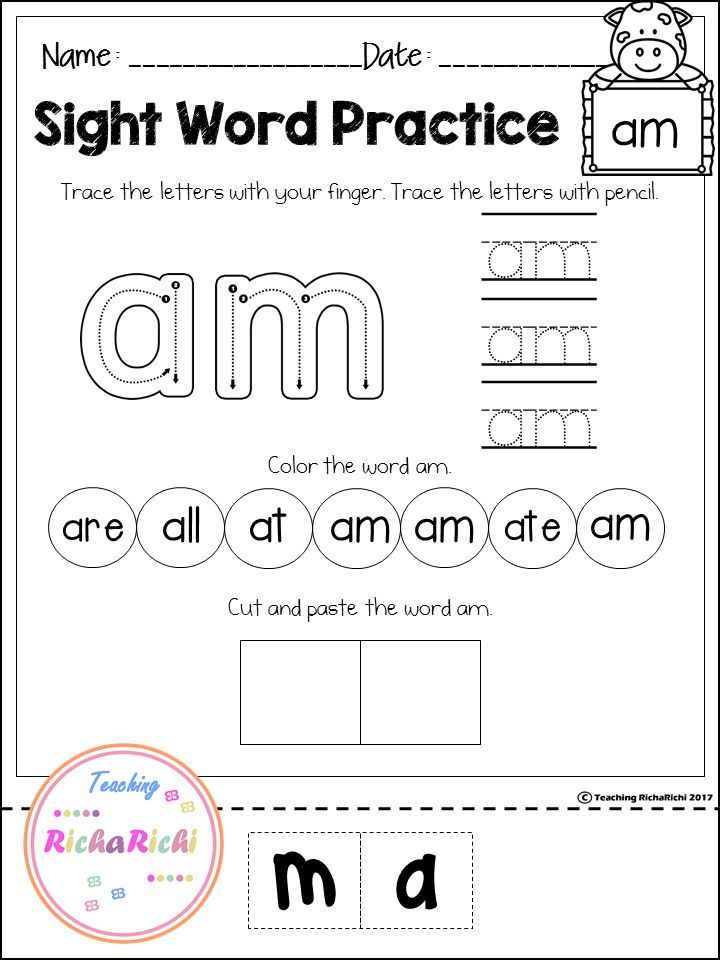
I then taped those letters around the house in the places that I put on the map. I made them harder than I would on a regular scavenger hunt, since he had a map telling him exactly where they’d be.
Note: Be sure to underline letters that could be mistaken if they were upside down. Such as u and n, p and d, and so on. Do that on both the individual letters that you hide around the house, as well as on the map in case it gets turned around.
Then its time to go on the treasure hunt!
I did all the above during naptime on a day Henry was home from school. He doesn’t nap anymore, but he does play quietly during naptime as a rest period. To get some one on one time with him, we did the treasure hunt while the others were still sleeping.
First, I gave him the map and we went over what it all meant and how to read it. Definitely take as long as you need to make sure they understand it. I quizzed Henry a little, asking him what room each was, and what the pieces of furniture were until I was confident that he understood how to read it right.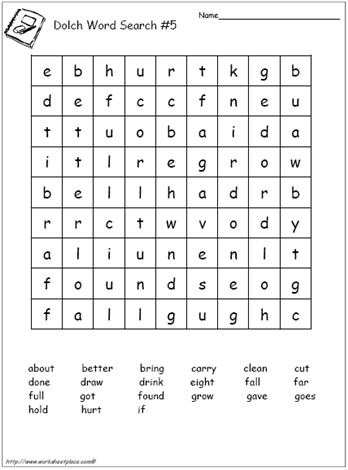
Then, with a list of the 5 sight words, I told him to find the letters on the map to spell the sight words and then go find them in their spot around the house.
When he found the letters, he taped them to the word and when he was finished, he put them together in the right order.
And phew, goodness. I’m so glad we reviewed these sight words. Henry completely forgot them!
What’s great about this is you can make a treasure hunt to work on whatever your child is currently working on! It can just be the letters, just numbers, spelling practice. Make it simpler by doing just a room, or your backyard.
Now. Go make a treasure hunt! What will your kids be hunting for?
More move and learn ideas from my co-hosts:
- The Pleasantest Thing
- Big Rainbow Writing at Coffee Cups & Crayons
- Indoor Snowball Race at Toddler Approved
- See all our Move & Learn Activities
SHARE POST
About Jamie Reimer
Jamie learned to be a hands on mom by creating activities, crafts and art projects for her three boys to do.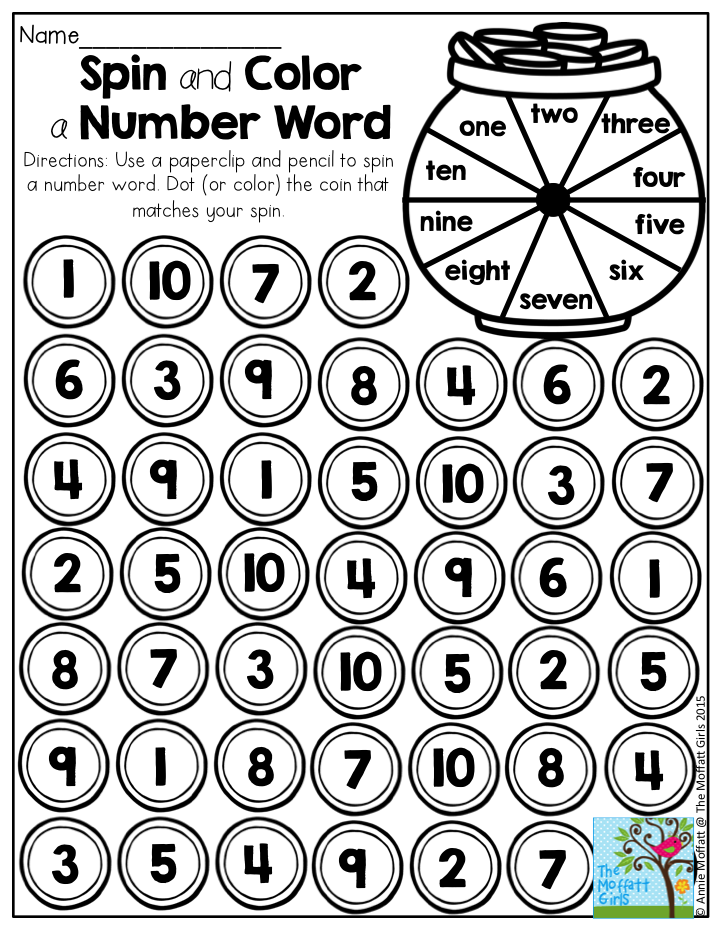 Jamie needed the creative outlet that activities provided to get through the early years of parenting with a smile! Follow Jamie on Pinterest and Instagram!
Jamie needed the creative outlet that activities provided to get through the early years of parenting with a smile! Follow Jamie on Pinterest and Instagram!
Reader Interactions
Word hunting. 10 thoughts from Ursula Le Guin on writing
Elena Isupova
Ursula Le Guin has taken readers into imaginary worlds for decades. In the last years of her life, she kept a blog. It found a place for various topics: art, politics, feminism, cats, children, literature. The best essays were included in the book Time Busy with Life. We share the thoughts of the writer about her craft: witty, honest, inspiring.
Risky occupation
Life time
Writing is a risky occupation. It does not provide any guarantees. You have to come to terms with this. And I'm happy to put up with it. Well, yes, my things are misread, misunderstood, misinterpreted - and so what? If these are real things, they will survive everything but indifference.
Ursula Le Guin, photo by Marian Wood Kolisch. — Source
— Source
In Search of Meaning
Meaning is my curse. “What is the meaning of such and such a book, such and such an episode of a book, such and such a story? Explain what it means." But that's not my job, that's your job. I know, at least in part, what meaning my story has for me. But this does not mean that it will be the same for you. Or at 19In 70, when I wrote the story, it meant one thing to me, and in 1990 or 2011 it meant something else. For some of the readers in 1995, it had a meaning completely different from what it will have in 2022. In Oregon, where I live, they see things in the story that are absolutely meaningless for Istanbul, but in Istanbul, no, no, yes, they see a depth in it that I didn’t even think about ...
Iskrina your friend
under ten years of age. As a connoisseur, I can say that the best ones are made entirely by hand. The computer simplifies the work, but this is not always an advantage: the feeling of lightness encourages the child to hurry.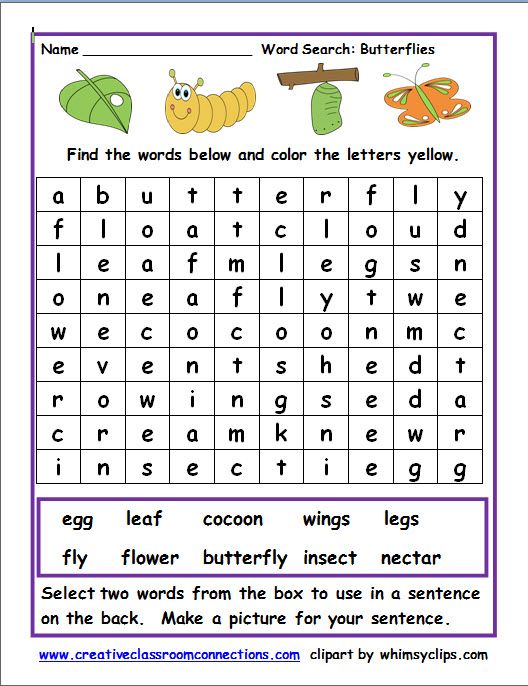 Printed text, with its neat lettering, looks dull and standard, while handwritten writing is full of life. The computer corrects errors, but it also deprives the text of a living originality, which gives me great pleasure as a reader.
Printed text, with its neat lettering, looks dull and standard, while handwritten writing is full of life. The computer corrects errors, but it also deprives the text of a living originality, which gives me great pleasure as a reader.
Ursula answered those readers' letters that were written on paper. - Source
In a letter printed on a printer, no one will ask me about my favorite part of the book, or my favorite part, or my favorite part. In a letter printed on a printer, you will never meet: "Did you want to write Pachima on cat wings?" And there are not all those great closing phrases like: "Yskrn" - I just could not understand what it was until I met somewhere else: "Yskrine" and "Iskrne". And: “Yours forever” (option: “forever”). And, as a kind of hello to young Jane Austen: "Your friend." And inaccurate mysterious farewells: “Dsv at Derik”, or: “Paka, Ana”.
Paka, brave teachers, paka, brave children! Thank you for the quotes. Dsv at Ursula.
Beetles and words
Words enchant me like a box of bugs enchants my friend Pard. Pard is not allowed outside, and he has to hunt inside. We don't have mice inside. But we have beetles. Oh god, we have bugs! When Pard hears, smells, or sees a beetle, the beetle immediately occupies his entire universe. Pard will stop at nothing. He is ready to dig into the wastebasket, turn over and break small fragile objects, toss large heavy dictionaries...
Pard is not allowed outside, and he has to hunt inside. We don't have mice inside. But we have beetles. Oh god, we have bugs! When Pard hears, smells, or sees a beetle, the beetle immediately occupies his entire universe. Pard will stop at nothing. He is ready to dig into the wastebasket, turn over and break small fragile objects, toss large heavy dictionaries...
I know (and I don't like it) that very few people share this passion. Fascination with words, I mean, not with bugs. My passion for hunting for words and their meanings, my willingness to wade through dictionaries and wastebaskets for this. If I start talking out loud in a crowded place, people around me look at me with horror or sympathy, or they try to quietly move away.
Fascination
When asked to describe what I do, I often compare my work to traditional crafts: weaving, pottery, woodcarving. My fascination with the word is most of all similar to the fascination with wood, common among carvers, carpenters, and furniture makers. These people gladly pick up an excellent piece of chestnut wood and begin to twist it this way and that, comprehend its structure, feel it with sensual pleasure, think about what a chestnut tree usually goes for and what exactly they can make of it. They love the tree itself, the object of their craft.
These people gladly pick up an excellent piece of chestnut wood and begin to twist it this way and that, comprehend its structure, feel it with sensual pleasure, think about what a chestnut tree usually goes for and what exactly they can make of it. They love the tree itself, the object of their craft.
Homer
I was thinking about Homer, and it occurred to me that two of his books are the two main stories for fantasy: the history of the War and the history of the Journey.
You can thank Homer for fantasy. - Source
I'm sure I'm not the only one who came up with this idea. It's always like this with Homer. People constantly turn to him and discover either new things or old things over and over again - and talk about it. This has been going on for two or three thousand years. An astonishingly long time for anything, from anyone's point of view. So, the Iliad is the War (actually only the part of it that is closer to the end, but does not capture it), and the Odyssey is the Journey ("there and back," as Bilbo would say).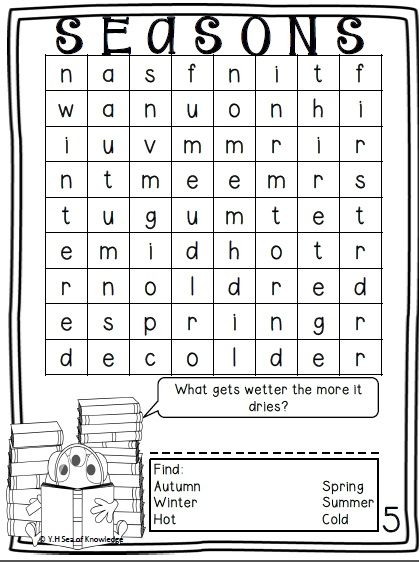
Great Books
More recently, I have come to realize that any declaration of literary greatness is unacceptable to me when someone proclaims a single book as the Great American Novel or makes a list of such. These declarations make no sense to me, partly because the implied categories of excellence exclude all genre literature, and partly because award shortlists, recommendation lists, and any canons traditionally and unquestionably include books written by male authors from the eastern United States. But mainly I think so because we cannot judge the greatness of anything until it shows its timelessness. Let it not lose its relevance for quite a long time, at least five or six decades.
Fantasy and reality
Fantasy storytelling can break the laws of physics—when carpets fly and cats become completely invisible except for a smile—as well as the laws of probability, when the youngest of the brothers always gets the bride, and the prince is in a box, thrown into the sea, remains unharmed - but it does not go against reality as such.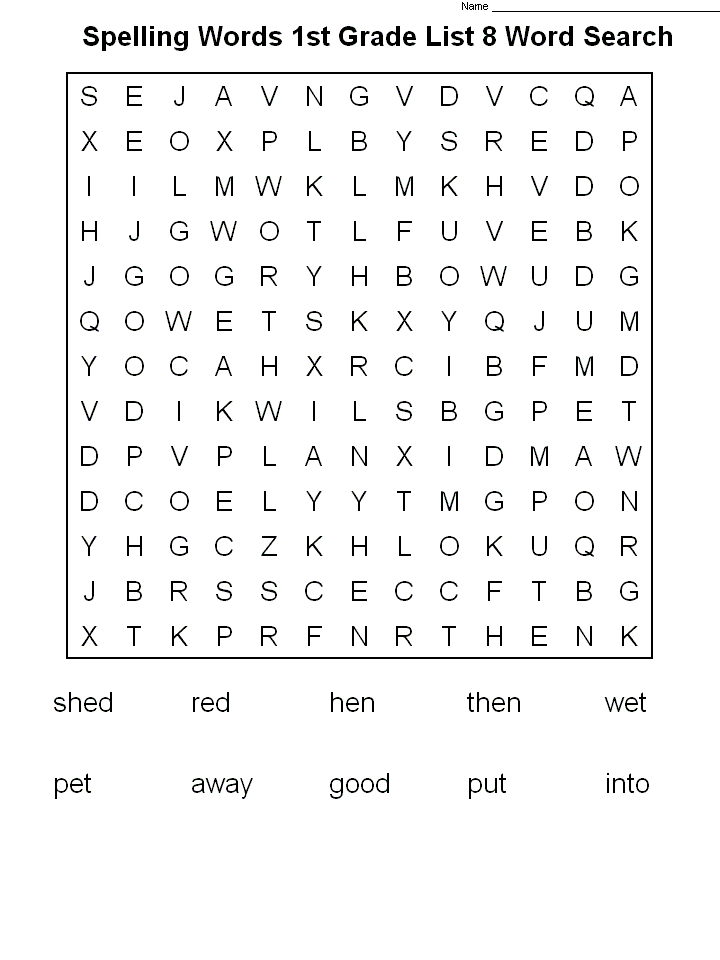 The mathematical order remains unbreakable. Two plus one will be three both in Koshchei's castle and in Alice's Wonderland (especially in Wonderland). The geometry of Euclid or perhaps Riemann, in short, someone's geometry rules the world. Otherwise, confusion will begin and history will stand.
The mathematical order remains unbreakable. Two plus one will be three both in Koshchei's castle and in Alice's Wonderland (especially in Wonderland). The geometry of Euclid or perhaps Riemann, in short, someone's geometry rules the world. Otherwise, confusion will begin and history will stand.
Film adaptations
A film is a picture, a novel is words. And the most beautiful, most powerful thing in the novel is its language, which not only conveys to us what the writer saw, but also allows us to share it with him as directly as possible to share emotion, sincere grief, indignation and love.
Writer's job
My job as a writer is to write prose, not to find meaning in it. Art is not an explanation. Art is what the artist creates, not what he says about it. (Perhaps I am mistaken, and then it is clear why I have problems with perception
some samples of modern museum art, whose creators always give an interpretation to their works, explain how to perceive them correctly. )
)
The work of a potter, as for me, is the manufacture of a good pot, and not talk about how, where and why it is made it, for what purpose, how other pots influenced this particular one, what it symbolizes and what emotions you should experience when looking at it. Of course, the master, if desired, can share his interpretation, but it costs
is this to be expected? And for what? I don’t expect this from him, I don’t even want him to have such an idea. All I expect from a good potter is that he will go and fashion another good pot.
Based on the book "Time Busy with Life"
Post cover - unsplash.com.
Mind game: Butterfly hunt
Butterfly hunt mental game: what is it?
Butterfly Hunting is a brain training game that promotes various cognitive skills . To progress in the game, you need to catch as many butterflies as possible while avoiding collisions with other animals. The higher the level of this educational game for the brain, the higher the requirements for cognitive abilities.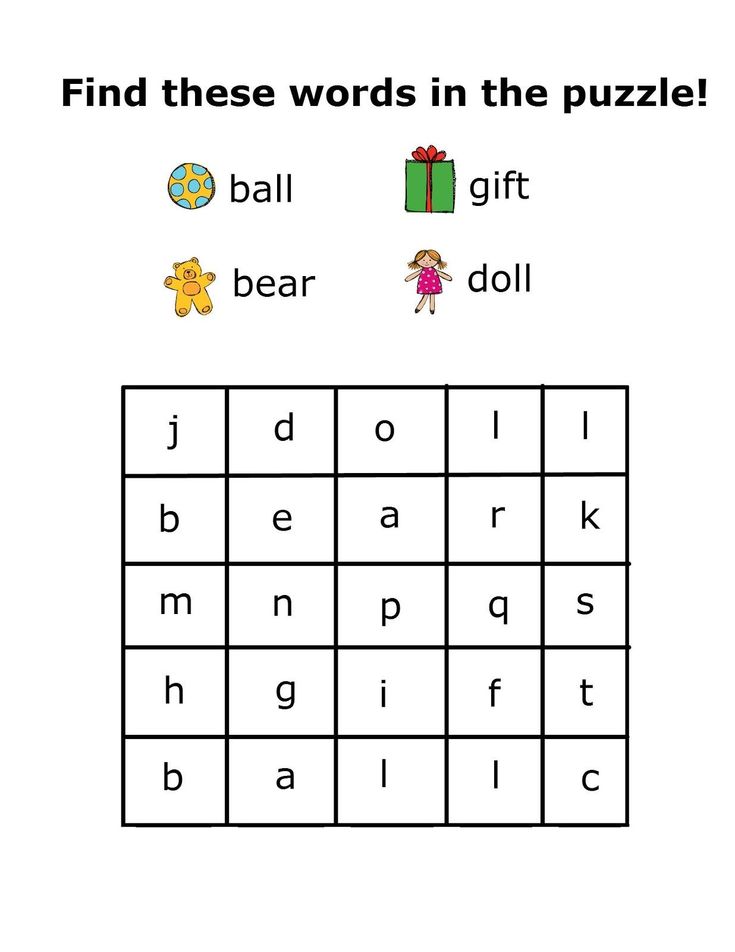
As you practice, the game adjusts to the required difficulty level . Butterfly Hunt is a scientifically designed program that measures the performance of the player and automatically adjusts the difficulty of tasks, thus optimizing cognitive training. Mind game "Butterfly hunting" is suitable for training the basic cognitive abilities of children, adults and the elderly .
How can I improve my cognitive abilities with the smart game "Butterfly Hunt"?
CogniFit Cognitive Games and Workouts like Butterfly Hunt improve our cognitive skills thanks to brain plasticity. When we use the cognitive ability, in our brain there are a certain neural activation pattern is triggered . Repeating this pattern (in other words, performing actions with the help of this cognitive ability) leads to the fact that neural activation occurs faster, more accurately and more efficiently .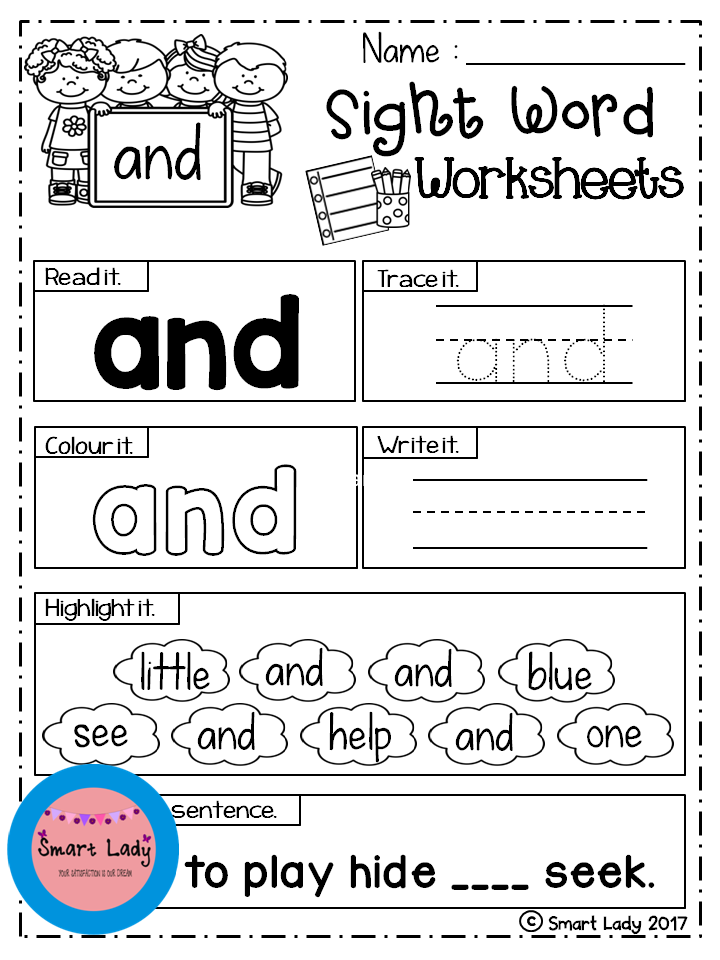 Which, in turn, strengthens and improves cognitive abilities and helps to optimize our daily life .
Which, in turn, strengthens and improves cognitive abilities and helps to optimize our daily life .
WEEK 1
WEEK 2
WEEK 3
CogniFit 9 neural connections0004
Which cognitive skills can I train with the Butterfly Hunt brain game?
Cognitive skills that can be improved with this brain training game :
- Reaction time: In this brain training game, you need to catch the butterflies before they disappear from the screen. In order to catch up with the butterfly in time, while avoiding the wrong target, good reflexes are needed. By doing this exercise, we train and strengthen the areas of the brain responsible for response time. Improving this cognitive ability increases our flexibility and efficiency in responding to stimuli and responding to different situations. For example, when we are asked a question at an interview, we are expected to give a quick and high-quality answer.
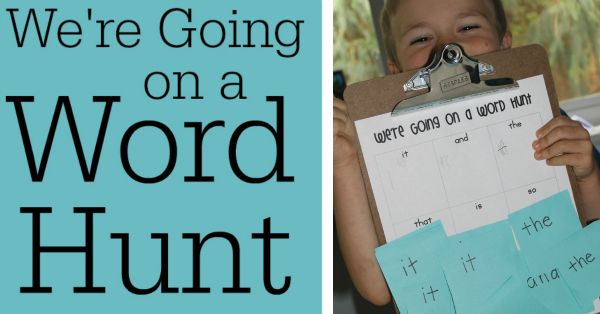
- Hand-eye coordination: this educational game was conceived in such a way that we carry our character to the goals by avoiding obstacles. This exercise stimulates hand-eye coordination. Strengthening this ability can greatly increase our effectiveness in various life situations. For example, when we open a tin can or unscrew a screw.
- Spatial perception: in order to move around the screen to hunt for butterflies, it is necessary to correctly perceive the space. By doing this exercise, we train the ability for spatial perception. Strengthening this cognitive ability can increase alertness, reduce falls and collisions with surrounding objects, and can also improve driving accuracy - for example, so that we do not drive over median lanes when driving.
Other relevant cognitive abilities:
- Visual perception: in the brain game "Butterfly hunt" must correctly identify each of the flying animals.
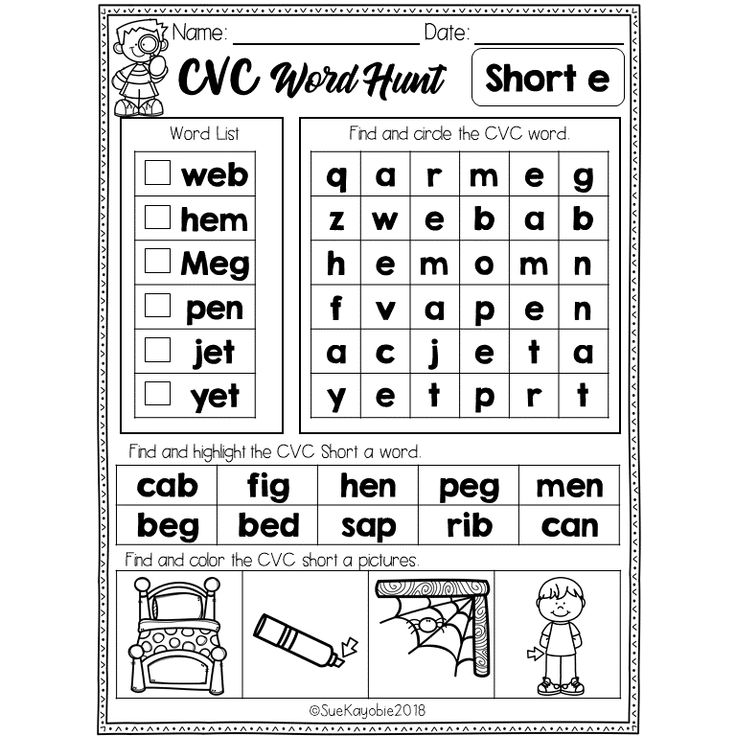 By doing this exercise, we strengthen the areas of the brain responsible for visual perception. The training of this ability can help us to perceive the information that we receive from the outside more correctly. For example, it is better to recognize letters or objects.
By doing this exercise, we strengthen the areas of the brain responsible for visual perception. The training of this ability can help us to perceive the information that we receive from the outside more correctly. For example, it is better to recognize letters or objects.
- Visual Scan: To complete a level in this smart game, you need to detect targets and distinguish them from various distractions. By practicing with this exercise, we train the ability to visually scan. Strengthening this ability can help us find important information faster and more efficiently. This cognitive skill is especially important for athletes or drivers because it allows them to find and correctly recognize environmental stimuli.
- Focused Attention: In this intelligence game we have to focus on the target stimuli while reacting in the opposite way to distracting stimuli. By doing this exercise, we train our ability to concentrate.
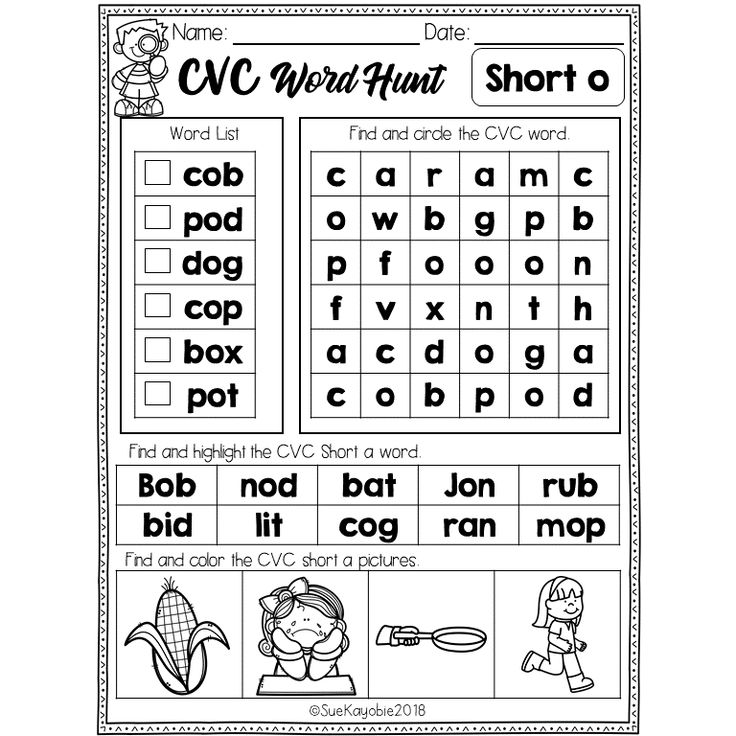
Learn more

